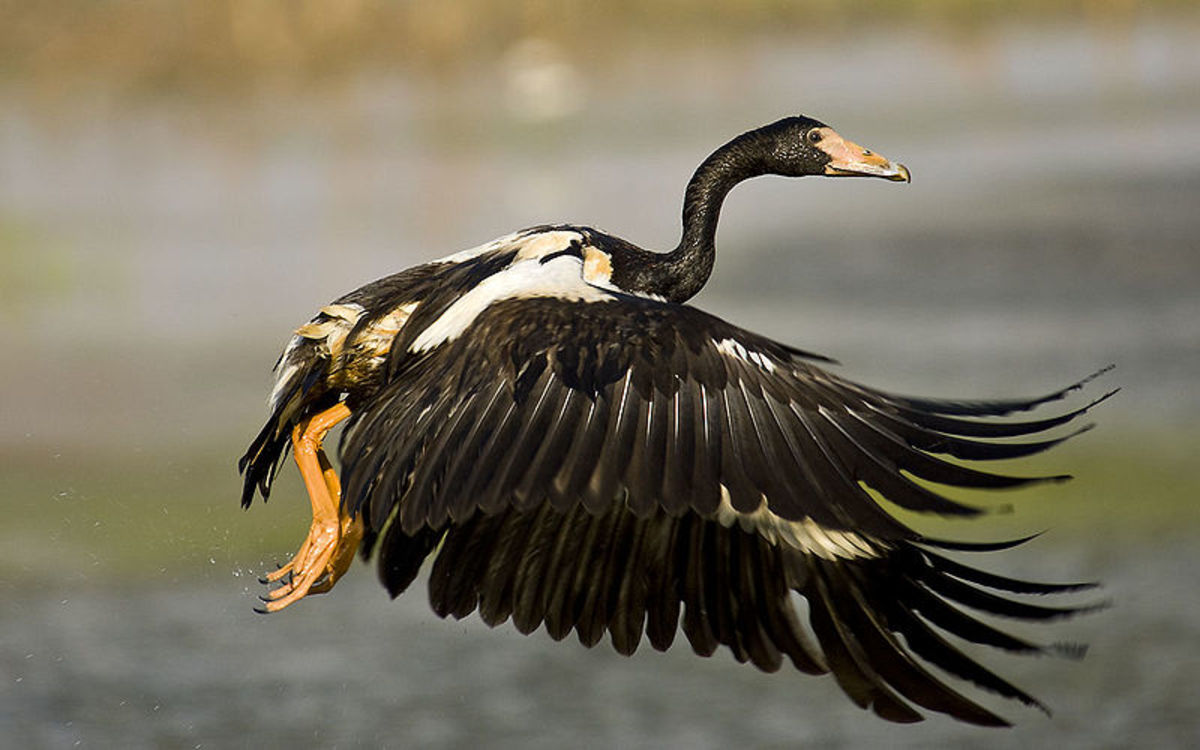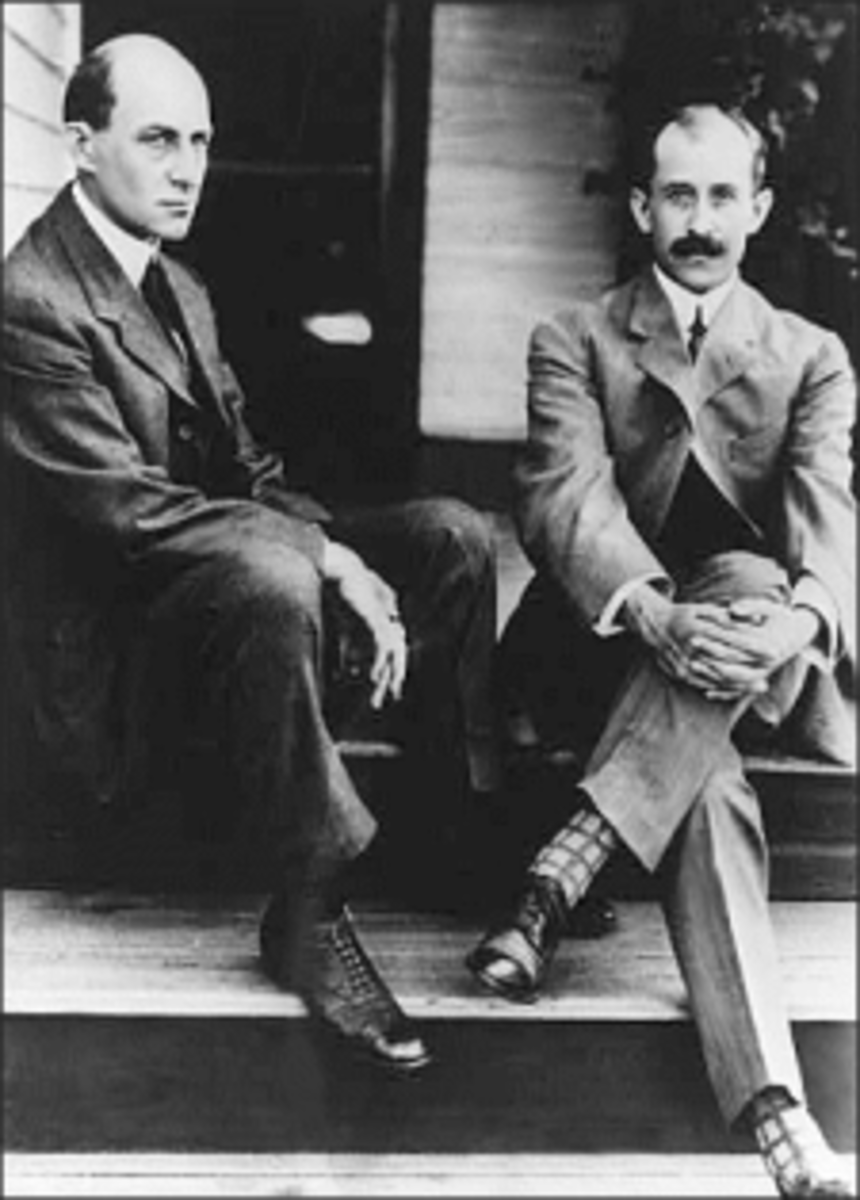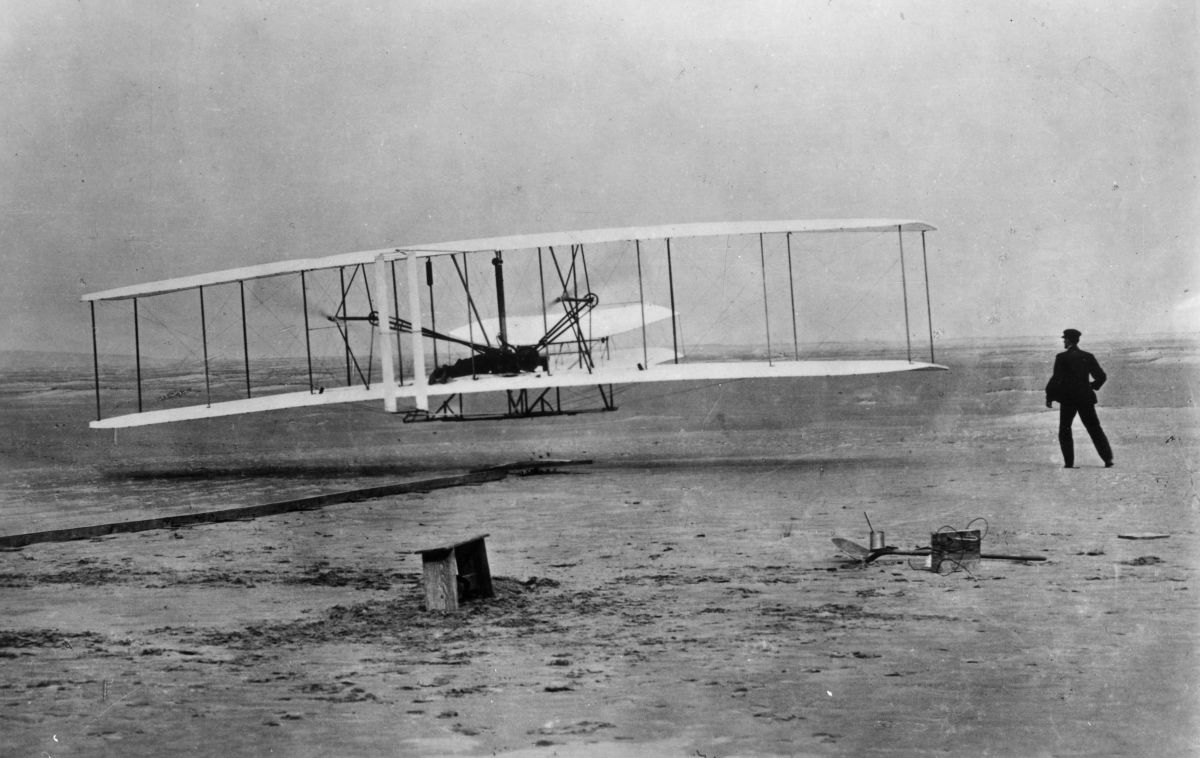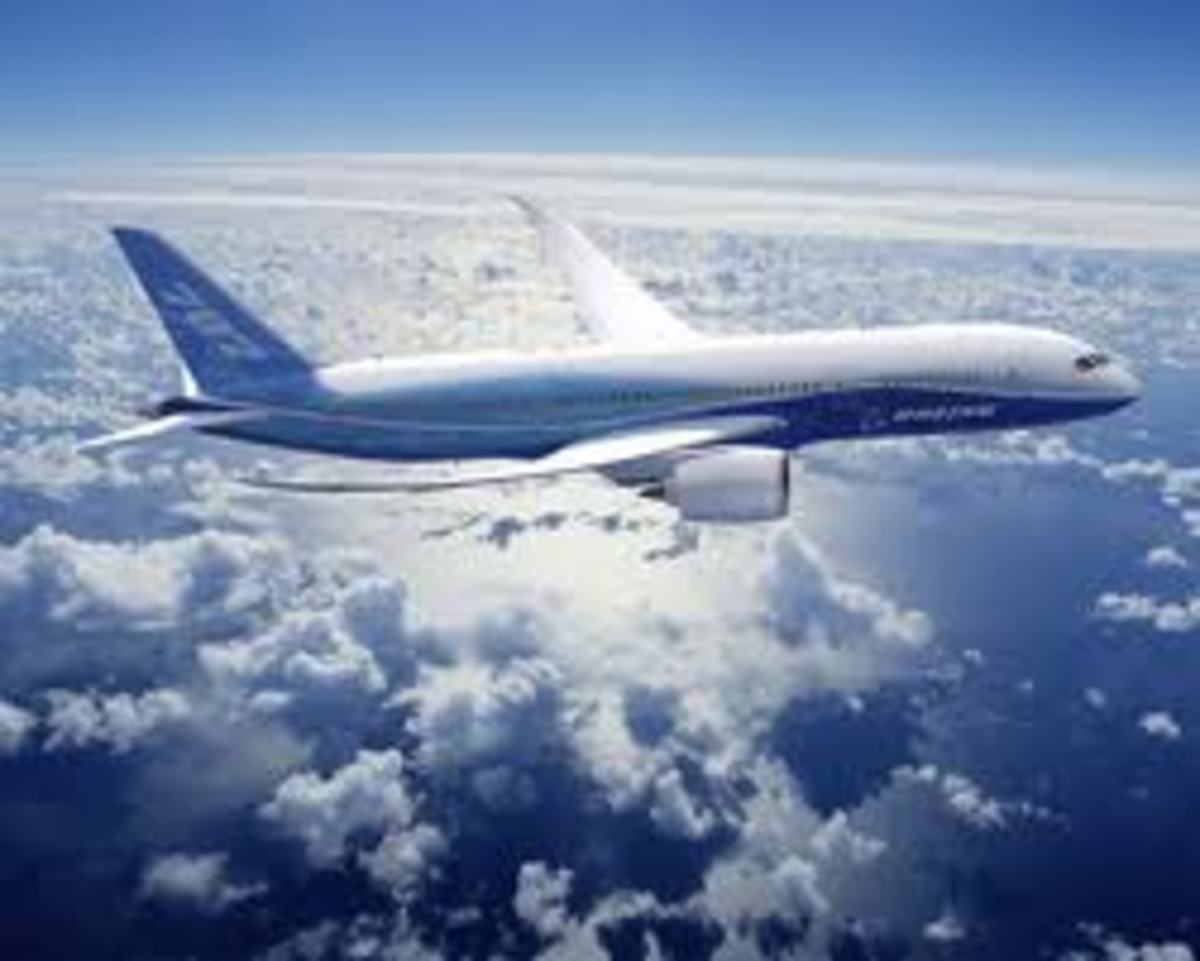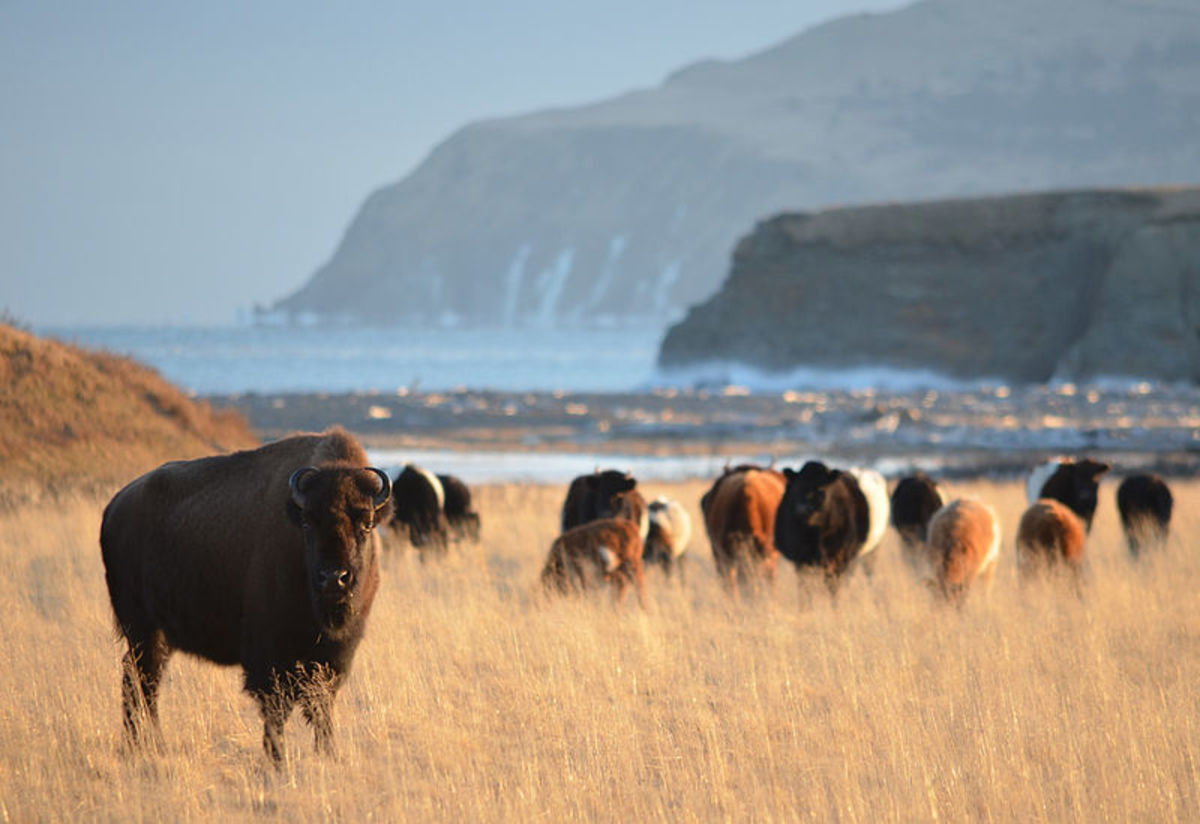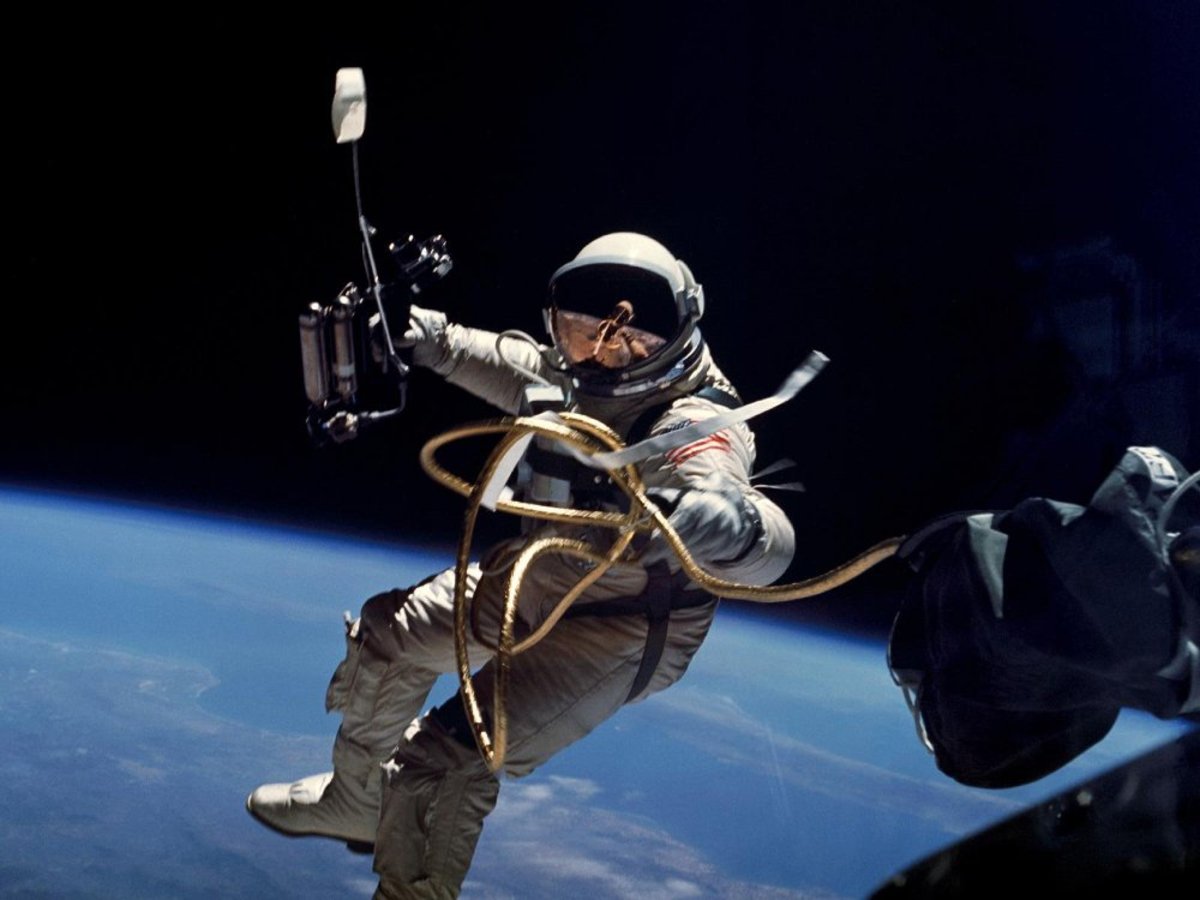All about air plane wings
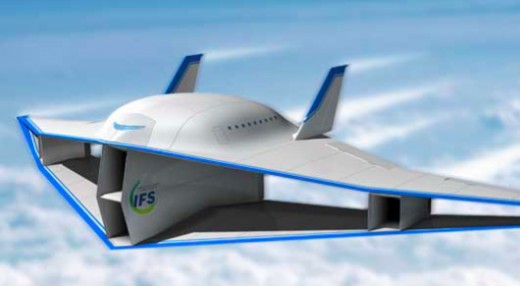
Wing to fly an airplane can be of different options depending upon the role of the airplane to which it is installed. For an airliner to fly sound barrier and beyond, the futuristic wing could be a modified version of the good old biplanes to eliminate the effect of sonic booms. Sonic boom and the adverse effect of sound pollution is a challenging phenomenon of super sonic flights until to day. So we will not be surprised to hear in future if an airplane carries the whole passengers in one of its wings while the other is deployed for other services.
When role of an aircraft is decided, wing to support the plane is the primary component planned and worked upon at the designing table of an aircraft. A wing should be capable of lifting an aircraft from the ground, keep the whole weight supported in the air and making the flight possible by using its flight controls mounted on it. Wing holds flaps and aileron controls on to the trailing edge and slat control on its leading edge. Other flight controls like spoilers and speed breakers are also mounted on to the top surface of the wing. Wing supports the engine mounting pods on to which the engine with their air intakes, Exhaust systems and nacelles are mounted. Fuel is carried by the aircraft wing. An aircraft may fly with out an engine but cannot make it with out its wing. Since, wing takes such predominant role to the flight of an airplane, any amount of understanding about it is an added advantage, so read on avidly.
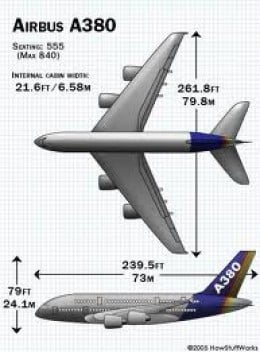
Wing Span and Chord
Looking from the rear of the airplane, left side wing is known as the port wing and right side is the Starboard wing. Length wise measurement between the tips of both port and starboard wing is the span of the wing. Width wise measurement of the wing is the chord of the wing, when width of the wing is tapered not parallel, the average measurement from the middle section of the wing is the mean length of the chord.
Airfoil a run through
If you look from the side of an aircraft wing, you will notice the entire cross section of the wing from tip to the root is airfoil shaped. Innumerable units of airfoils, depending upon the length of the wing, arranged together one after the other makes an aircraft wing. Function of airfoil is to generate lift when it is moved in the air. Amount of lift generated varies firstly by the angle at which airfoil meets the relative airflow, secondly by the speed at which the airfoil is moved through the air and thirdly by the size of the airfoil.
When the angle of attack is more, lift generated will be more and when the angle is less lift generated will also be less. Example to this is the wing angle of attack is very high during take off so as to generate high lift and gradually reduces lift as the aircraft is brought to level flight. Another factor to increase lift is the speed, wing airfoil is moved through the air at a greater speed during take off to produce high lift. Third relation to lift is the size of airfoil, flap controls are extended during take off and landing of an aircraft for increasing the camber and chord length of the wing in order to increase lift.
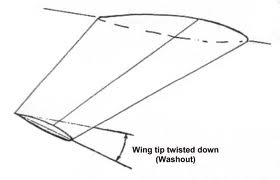
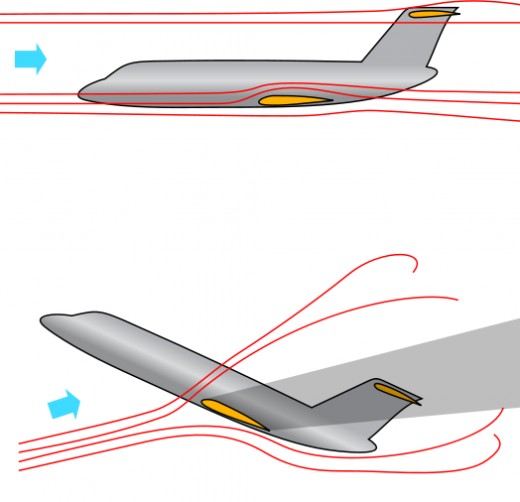
Wing twist (wash out)
If you walk along the wing of an aircraft from its root to the tip, you will notice the wing is slightly twisted down ward at the tip. If the twist angle is 4 deg it is then said to be 4 deg twisted wing. This is for facilitating the tip to continue providing lift when the root is already stalled. Stall is taking place when angle between airflow and chord of the wing is reached more by tilting the wing upward during continuous climb of an airplane. During stall airflow over the wing gets disturbed with turbulence, as a result wing instead of producing lift will develop drag. At a point during climb wing root reaches the stalling angle while the tip is lagging behind to reach that point because the tip is twisted 4 deg downward. This will enable the pilot to reduce his climbing action before the entire wing gets in to complete stalling.
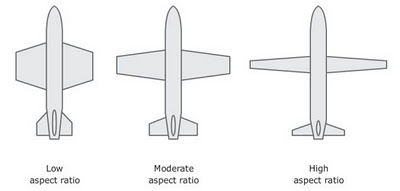
Wing Aspect ratio
The ratio between the length (Span) and width (Chord) of the wing is called wing aspect ratio. Long and narrow wing is the high aspect ratio wings. Short and wider wings are the low aspect ratio wings. High aspect ratio wings has better stability in flight but suffer induced drag. While, low aspect ratio wings will have increased speed and less induced drag.
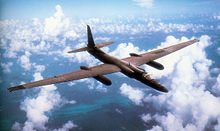
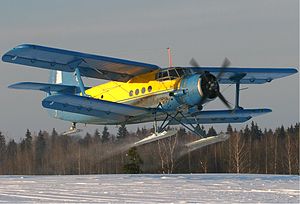
Wing loading
Is the relationship between wing area and total weight (mass) of the aircraft. To calculate wing loading divide the mass by the area of the upper surface of the wing. (Wing loading = body weight / wing area)
For better understanding let me put it this way, an airplane with low weight having large wing area (glider or U2 Spy plane) will have low wing loading. On the other hand, airplane with heavy weight with smaller wing area (Airbus 380) will have heavy wing loading.
Aspect ratio and Wing loading when put together
Aspect ratio and wing loading are calculated on the designing table depending on the function of the airplane for which it's wing is designed. More wing frontal area facing to the air flow is as good as more airfoil leading edges put in to relative airflow. Obviously, with out a doubt on your mind, long wings or more numbers of wings (biplane picture shown) with more units of airfoil will produce more lift even at less speed (see pictures of two types of wings on the right) Opposite happens with short wings with less number of airfoils facing to the airflow. However, broader wing even though they are short in length will also produce same lift provided the wing is flown more faster because of it's increased wing area. (see the delta wing of British Vulcan bomber aircraft below)
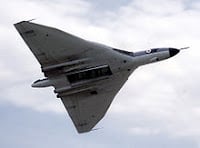
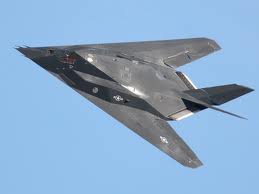
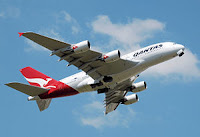
Wing application on airplanes
U2 aircraft with low wing loading and high aspect ratio takes off and land using less distance of runway because of it's high lift characteristics. It also effortlessly glides at 70,000 ft altitude enabling to complete its reconnaissance mission by flying at very low speed for 7 to 8 hrs at a stretch (see above the U2 plane flying at very high altitude). It would have been not possible to accomplish this mission for an aircraft that has shorter and wider wing (low aspect ratio) because that has to be flown at greater speed to remain in flight. Low aspect ratio wing application is suitable for a fighter flying at greater speed for short duration to perform its mission.
Take the case of a fighter airplane engaged in dog fight or trying to escape enemy's radar locking. Speed and quick maneuverability is the matter here, a large wing producing slow and steady flight characteristics is not deployed for this operation. Delta wings with low aspect ratio but reasonably high wing loading is used for such purposes.
Best wing option for large subsonic passenger planes like Boeing 747 and Airbus 380 are using swept back wings. This type wings are a compromise between straight wing and fully swept back delta wings. They have better lift, short landing and take off performance, low landing speed and more fuel carrying capacity. Since these wings are swept back they produce lesser induced drag, better speed and increased maneuverability (See the pictures of Boeing 747 and A 380)
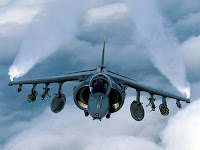
Wing attaching arrangements
For achieving desired characteristics wings are mounted to the fuselage or main body of the aircraft in different ways. When they are attached to the top of the fuselage it is known as the High wing , if they are mounted at mid section it is the Mid wingand when mounted to the bottom of the fuselage it is the Low wing configuration.
When a high wing is angled downward it is the Anhedral wing mounting and when a low wing is angled upward like a shallow "V" it is known to be Dihedral mounting.
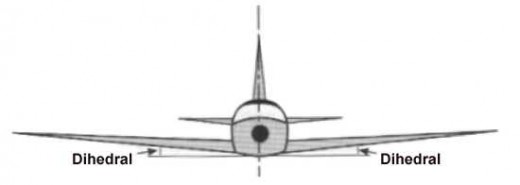
Each method is adapted considering to the role of the airplane for which it is designed. Many arguments and counter arguments are in the air regarding the advantages and disadvantages for each of these configurations. For a propeller powered aircraft high wing is considered a better option for it's propeller to ground or to water (when operated amphibious) clearance. High wing provides more rooms under the wing for loading and other ground equipment operations with out interference. Also it gives better view for pilots during aircraft taxiing. Big heavy cargo planes like C5 galaxy,AN 225 Russian heavy lift or Harrier the VTOL / STOL multipurpose airplanes invariably uses high wings for the said advantages.
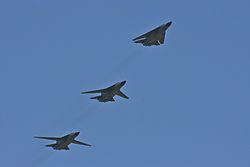
Variable geometrical wing
Variable geometrical wing is another break through in wing aerodynamics and answer to all our above discussed problems. They can be both fully delta wing to gain supersonic speed with least induced drag or fully stretched long wing for short landing and take off with better stability. They are hydraulically operated swing wings and also can adapt to moderate swept back position for better subsonic performance. See the picture of a Mirage III airplane flying in three different wing configurations. For increased cost and maintenance complexity swing wing is limited to military aircraft only.
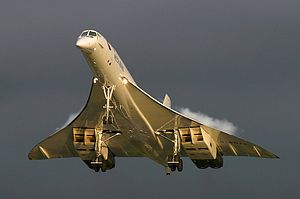
Concorde with delta wings
Concorde supersonic passenger aircraft uses a fixed delta wing and produces sonic booms when the airplane enters supersonic speed causing objectionable sound pollution. There fore Concorde had to limit it's supersonic flying to above the sea or isolated desert area. My personal experience is, Concorde approaches the run way and lands with greater speed like a fighter aircraft because of it's delta wing generating inadequate lift during landing. To overcome these short comings Boeing had plans to use swing wing for their supersonic passenger. So that during landing and at low speed they could use extended wing instead of remaining to fixed delta configuration. Technically this would have been a competitor to Anglo french Concorde, but the project was shelved for various other reasons.
Glossaries
VTOL / STOL is Vertical Take off and Landing and Short Take off and Landing


